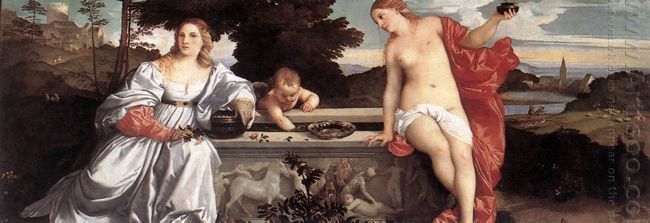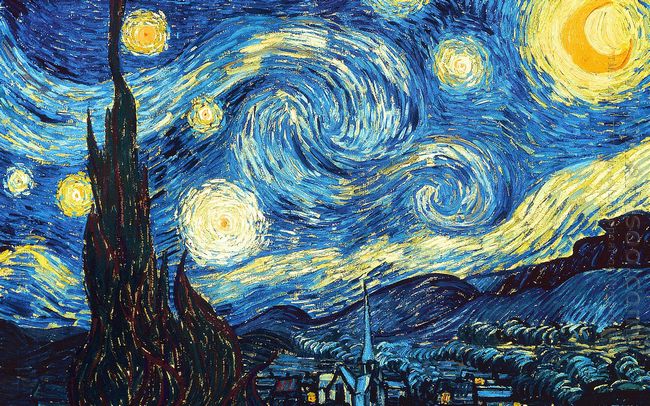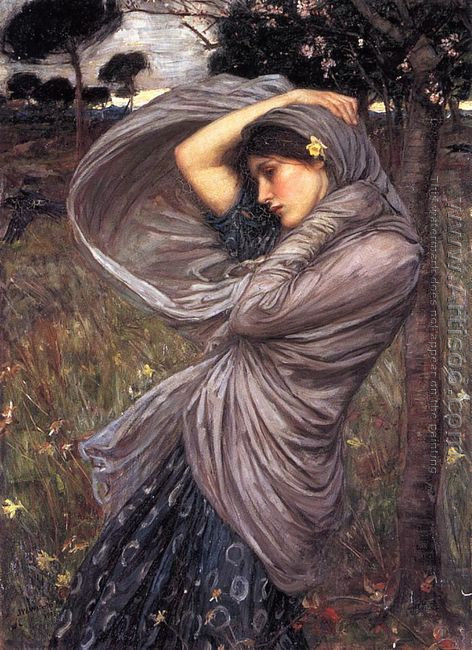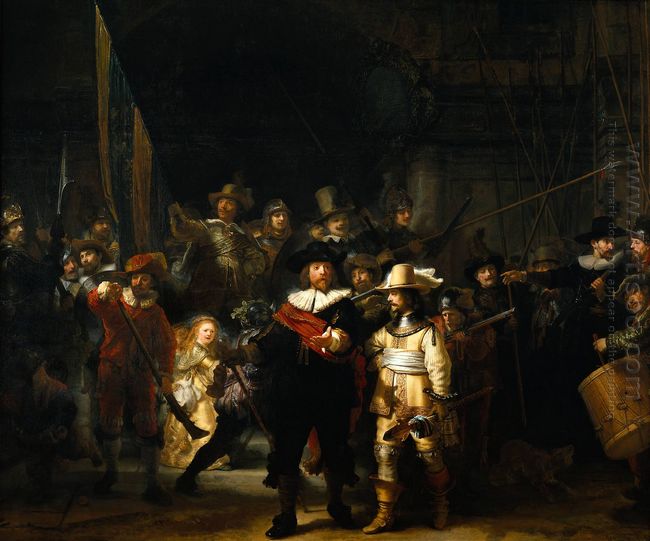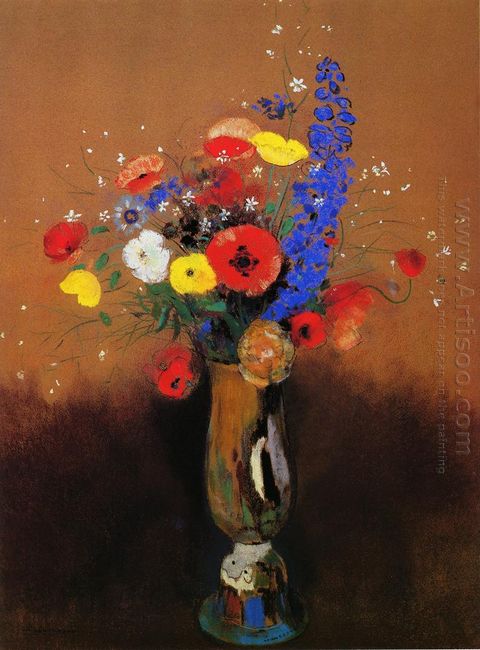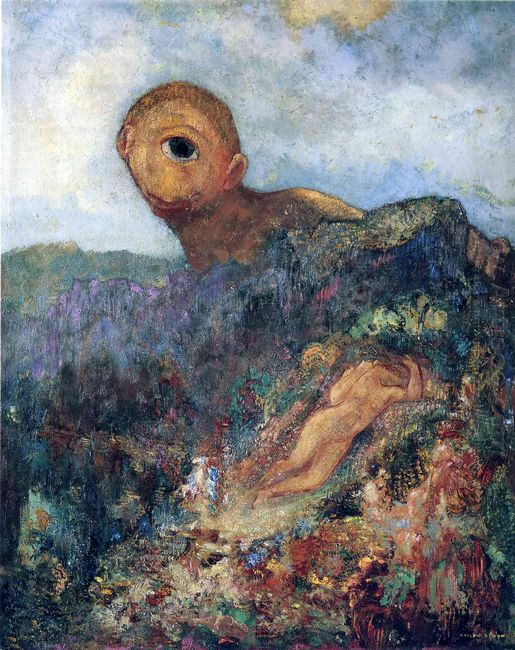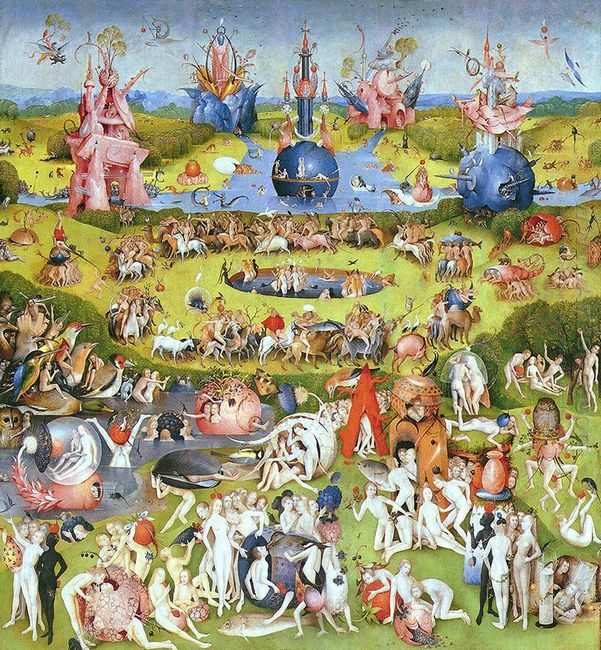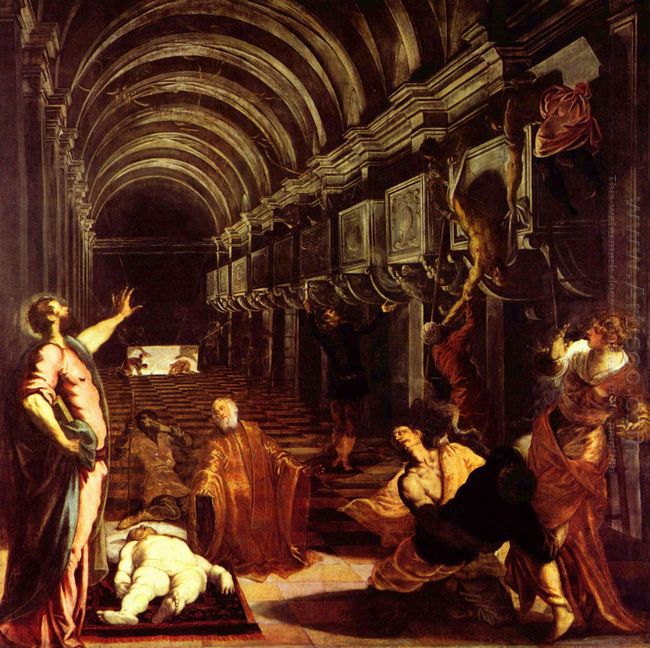Sacred and Profane Love was Titian’s early period work that depicted the beauty of female. This Renaissance painting was based on a story in Greek mythology about the meeting of Medea and Venus. To recapture the throne occupied by his uncle, Iason decided to capture the god’s holy things—golden fleece. Aphrodite, the god of love, made Arcas’s Princess Medea lose her heart to Iason at first sight. With the help of Medea, Iason and his friends overcame all difficulties and finally killed the guard dragon and got the Golden Fleece. Later, Medea and Iason got together.
The young girl in Sacred and Profane Love with white and blue dress on the left side was Medea, she sat on a marble pool, and looked a little bit worried and scruples. She hugs a black magnetic tank that filled with dazzling pearl. While Aphrodite bared her plump figure and sat casually along the upper right side of the pool, which contrast to Medea’s reserve. Her blond hair blowing in the back of the head, and her left hand held a vial. In the middle of them, Small Cupid played the roses in the pool. The background of this Titian painting is a typical Italian countryside style, crossed the trees, the distant ancient castle, lakes and medieval tower-shaped church were visible before our eyes. It seemed that it was the setting sun that made the sky shrouded in the sunset glow.
This painting means a lot. It was said that the love of heaven stands for Eros’s unreal love, while man’s love represents the worldly love that the beauty loved the hero.
